The Northern Lights. Aurora borealis. Call them what you like, this natural phenomenon is a visual display that tends to leave us mere humans speechless with wonder.
Happily, the surreal occurrence paints itself on the night sky across the globe. In the northern hemisphere, the aurora is commonly painted as a vacation activity: snowy destinations with late nights, guided hikes or sled rides to remote wildernesses, and very expensive.
It doesn’t take a trip to Iceland or Norway to be able to witness this beautiful display, though. The United States offers just as good a display … depending on where you are.
Can you see the Northern Lights in Oregon?
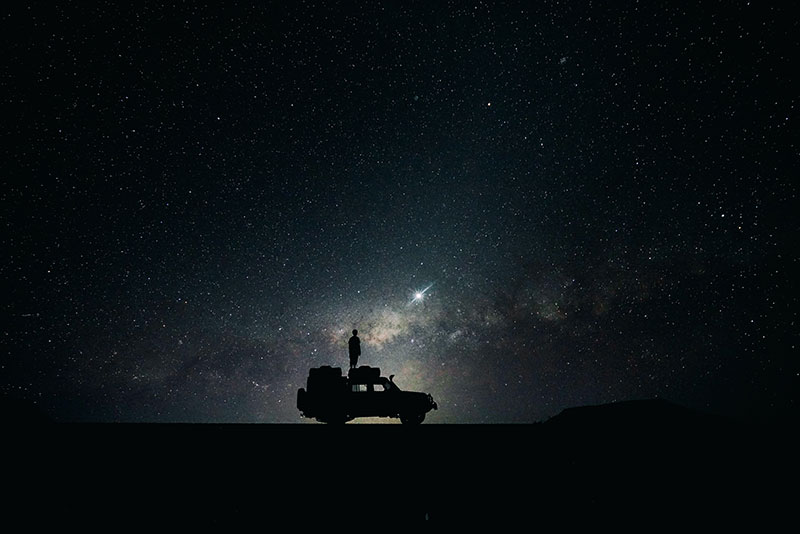
It is possible to see the northern lights in Oregon and it has been documented. The northern lights can be seen in Oregon when the skies are clear during severe or extreme geomagnetic storms. That is, geomagnetic storms that measure 6 or more on the Kp-scale.
The most recent forecast of the aurora was as recent as April 1, 2022 – and it was no joke, either. While there weren’t any news reports posted with photos of the light show, it’s possible that it happened and no one submitted photos, or that it happened but we didn’t see it.
If the weather is bad, clouds can obstruct our view of the Northern Lights just as much as they can obstruct our view of the stars.
What is the KP-Index and how does that relate to seeing the northern lights in Oregon?
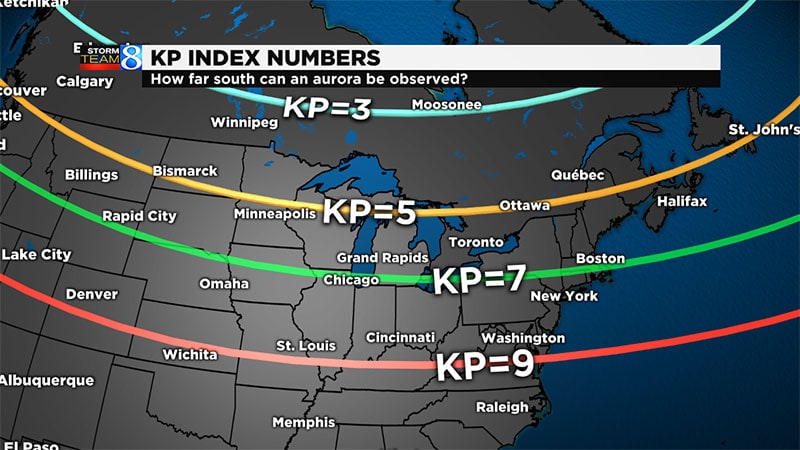
The Kp-index is what helps us forecast the occurrence of the Northern Lights. It is measured by recording the geomagnetic activity at certain places across the globe over a three hour period.
The Kp-index is a ratings scale that goes from 0 to 9 that measures the likelihood of the aurora. 0 means extremely unlikely visibility and 9 means there’s an extreme geomagnetic storm.
Meteorologists then use an algorithm that they adjust based on the latitude at which the recording is measured to determine the odds of seeing the Northern Lights in that location.
Anything below a 4 means we are unlikely to see the Lights. Middle northern hemisphere latitudes need a rating closer to a 7 to be able to see them, while lower latitudes (those close to the equator) need an 8 or 9.
Oregon is well situated compared to the rest of the contiguous U.S. According to the Kp-index, a 6 is needed for guaranteed visibility from Portland, Oregon.
While places such as Chicago and Toronto rate at a 5, it’s because the Kp-index measures out in ringed bands based on the curve of the globe; so that even though they’re technically even with or lower than Oregon, they can have a better chance at seeing the Northern Lights.
Your location in the state can affect your Northern Lights viewing.
How often do the Northern Lights appear in Oregon?
Sightings of the aurora are common in this corner of the country. While some places wait months, if not years, for the opportunity, Oregon is lucky to have a lot of activity over its night sky.
It’s important to note that despite such high activity, Oregonians rarely get to actually see the aurora. The regular cloud cover in Oregon skies means that often, when the Northern Lights display themselves, we don’t see them.
The most recently documented appearance of the Northern Lights was back in October 2021, when observers took photos of green, pink, and purple lights displaying themselves fantastically across the midnight stars.
What’s more, the science and operations manager for the National Weather Service in Portland, Dan Miller, said that, “[the aurora] will be more frequent for the next few years.” Suffice to say that, even if the weather tends to prevent us from enjoying this natural wonder, more aurora activity in the coming years means more chances to see it!
Best places to see the Northern Lights in Oregon:
1. Prineville Reservoir State Park
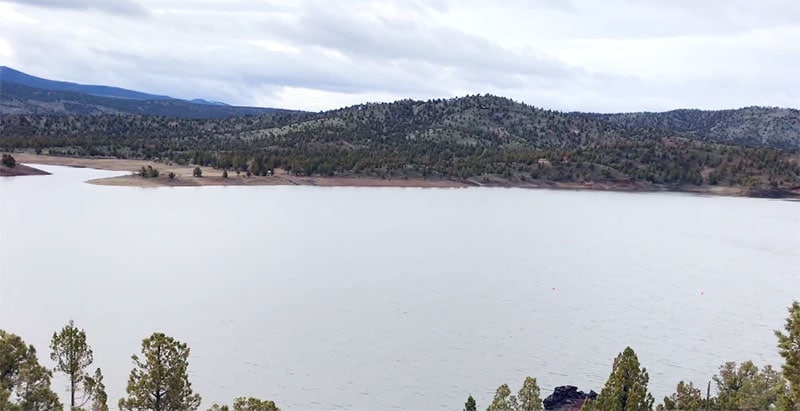
Prineville Reservoir State Park is a 3,000 acre reserve that measures over 15 miles long and encompasses the Bowman Dam and the Crooked River and its canyon through the Ochoco Mountain Range.
By day, it’s a great place to boat, fish, and swim in the lake. By night, it’s the ideal place for stargazing – so much so that Prineville has been designated as an International Dark Sky Park.
Already an ideal location for stargazing, this designation has pushed Prineville to do their best to minimize light pollution in their park. It’s a great place to try and see the aurora as it’s open year-round and day and night. You can camp overnight, or download a Stargazing Permit to leave in your car if you simply want to drive in and out in one night.
2. Sunriver Nature Center & Observatory
Sunriver is an ideal place for learning about the flora and fauna of the surrounding wilderness. It’s known for its bike paths, interactive animal conservation displays, and botanical gardens.
But Sunriver is also a Dark Sky Place, the second of two in Oregon. They have a specialized Observatory that offers a guided nighttime visit, using telescopes and the guides’ knowledge of constellations to help direct your focus.
It costs $20 per person, but is a sure bet to show you best what to look at and learn about the night sky. Available on Wednesdays and Saturdays, it’s a very social way to try to catch a glimpse of the aurora.
3. Steens Mountain
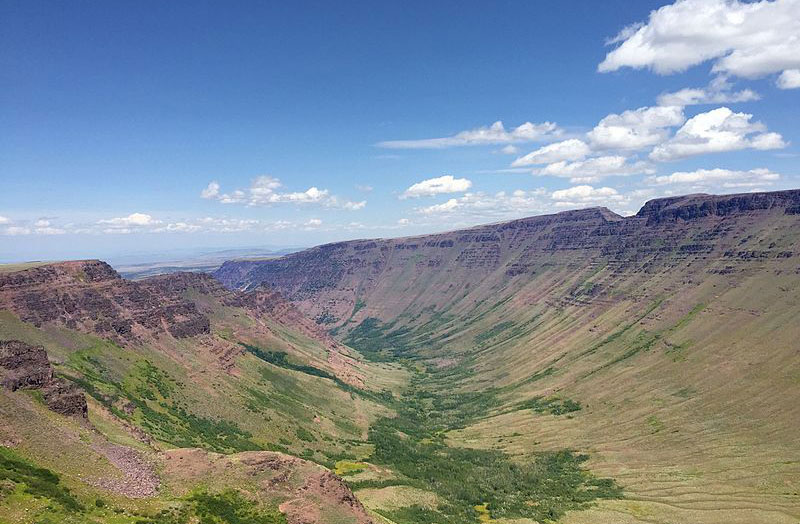
(photo: Austin Schaefer)
The Steens Mountains are in a Cooperative Management and Protection Area of 428,156 acres: glacier-carved gorges, high deserts, and rivers cover the area.
The Steens Mountain Backcountry Byway is a 52 mile long trail through the area, connecting four different campsites, that is ideal for hiking, picnicking, horseback riding, and camping. In the winter it serves as a place to go cross-country skiing or snowshoeing.
As the Steens Mountains are some of the most remote land in Oregon, the picturesque outlooks at places such as Kiger Gorge, East Rim, Big Indian Gorge, Wildhorse, and Little Blitzen Gorge are idea for immersive night sky viewing; although they do require extensive hiking and overnight camping to enjoy.
4. Crater Lake
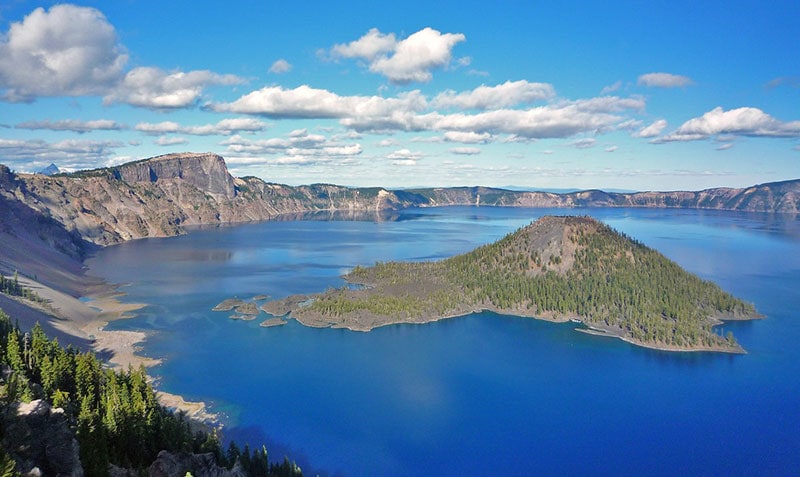
(photo: NPS)
Crater Lake National Park is a beautiful space in the iconic Cascade mountain range. It is home to the deepest lake in the U.S., formed by the volcanic collapse of Mount Mazama’s peak over 7,000 years ago.
The collapse formed a lake slowly over thousands of years and snow and rain filled in the crater left behind from the explosion.
The island that peeks out of the naturally formed lake is not the peak of former Mount Mazama, but a new (well, new-er at only 4,800 years old) volcanic formation called Wizard Island.
The lake rarely freezes due to its volume, so it can provide a wonderful mirror to reflect the night sky in. However, Crater Lake is also notoriously cloudy, so your view of the sky (or even Wizard Island) is not guaranteed.
5. John Day Fossil Beds
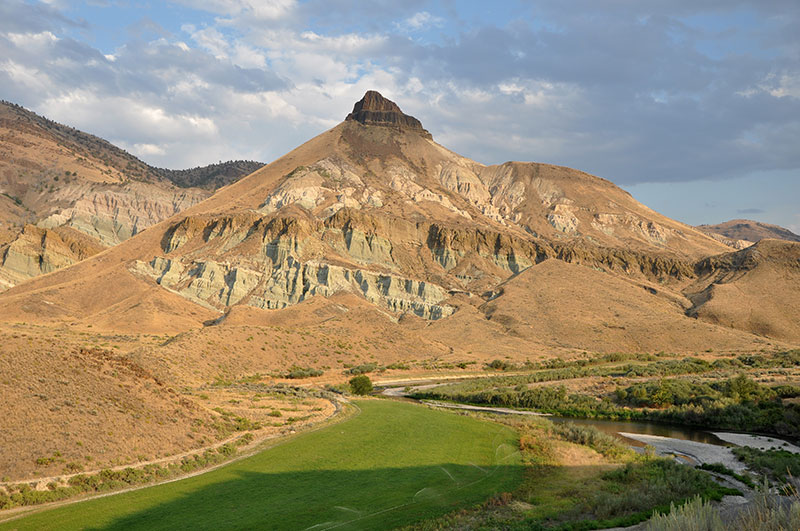
(photo: Finetooth)
The John Day Fossil Beds are one of four National Monuments in Oregon. They are located in a river basin replete with fossilized plants and mammals from 5 to 45 million years ago.
There are miles upon miles of trails across the 13,000 acres of land the fossil beds cover, many of which tell the story of the area’s geological and cultural history.
There is a lot to learn about Earth’s history at the John Day Fossil Beds, but most of it lies in the ground, rather than the sky above. What’s more, the park has free entry and is open at all times.
6. Hart Mountain
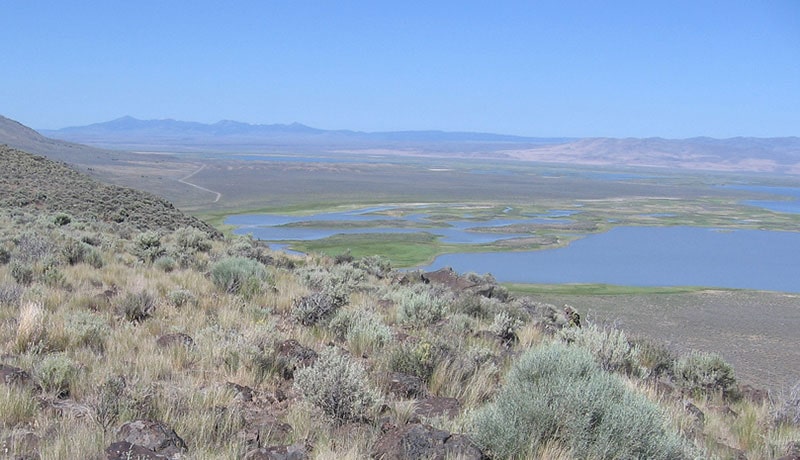
(photo: atul666)
Hart Mountain is unique in that it is also a National Antelope Refuge. The land is devoted to protecting the remaining wild antelope herds, an oasis in the arid Oregon desert.
Established in 1936, Hart Mountain is home to the conservation of a wide range of native species beyond antelope, including bighorn sheep, pronghorns, pikas, and redbrand trout.
You can camp for free on refuge lands and, if you choose to haul your gear to the back country, there are no fires permitted so you won’t have anyone ruining your view with light pollution.
The area is such a wide open space that there won’t be any forest or great, big mountains to block your view.
7. Malheur National Wildlife Refuge
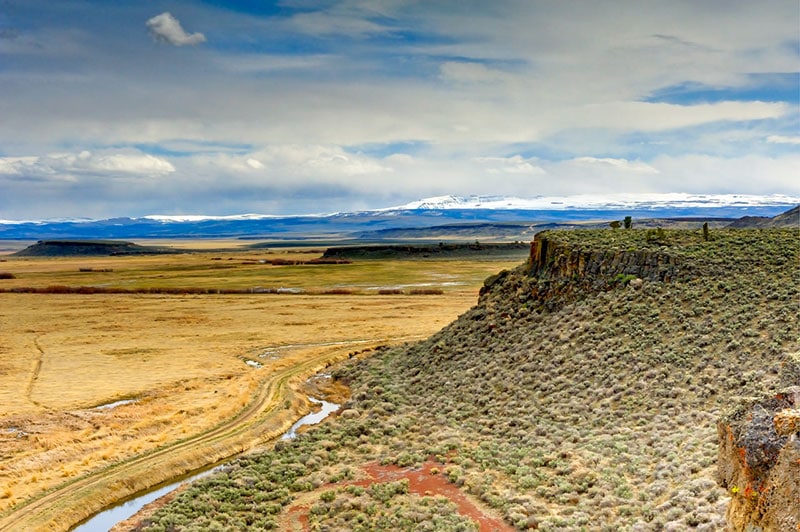
(photo: Oregon Department of Transportation)
Another refuge aimed at the conservation of species, Malheur National Wildlife Refuge sits between the Malheur National Forest and the Steen Mountains.
It is also a wide open desert space, but dedicated to avian populations. More than 30 different species of bird call Malheur home, the migratory species using the Wildlife Refuge as an integral stop on their journey south each year.
Despite its natural splendor, Malheur National Wildlife Refuge is not a great place to try to see the Northern Lights. As most of the land is reserved for wildlife, you can only follow the limited, designated trails available.
Plus, the refuge closes at sunset so the already slim odds of seeing the aurora are further limited.
8. Oregon Dunes National Recreation Area
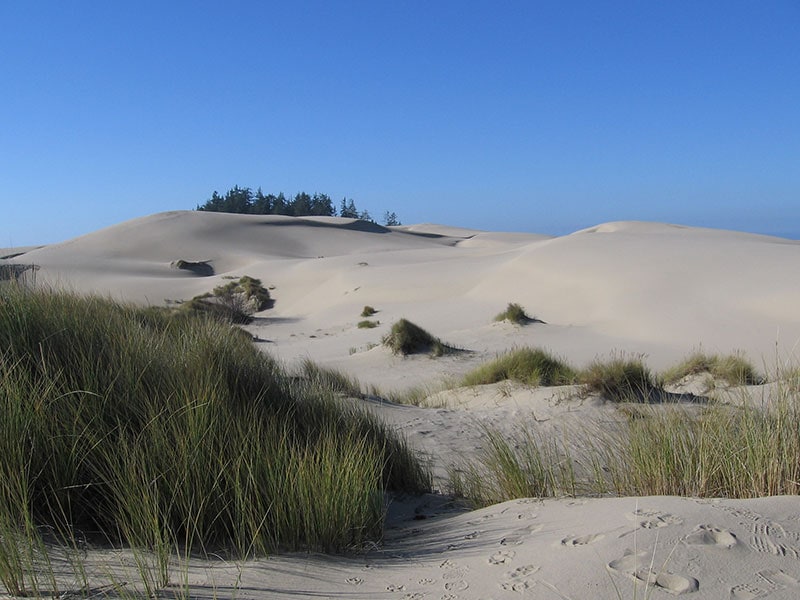
(photo: Rebecca Kennison)
The Oregon Dunes National Recreation Area is so designated because it is one of the largest temperate coastal sand dunes in the world.
They sit on the edge of the Siuslaw National Forest and cover 31,500 acres. People flock to the coast year round for outdoor activities, from boating, swimming, and paddling to OHV dune riding.
The large expanse of the dunes and the fact that they’re so popular means that there are plenty of campgrounds to choose from, from developed ones to wild camping on the sand.
You don’t even need to stay overnight, though, as the National Recreation Area is very close to the nearby towns (though almost two hours from the nearest city, Eugene).
9. Fire Lookouts
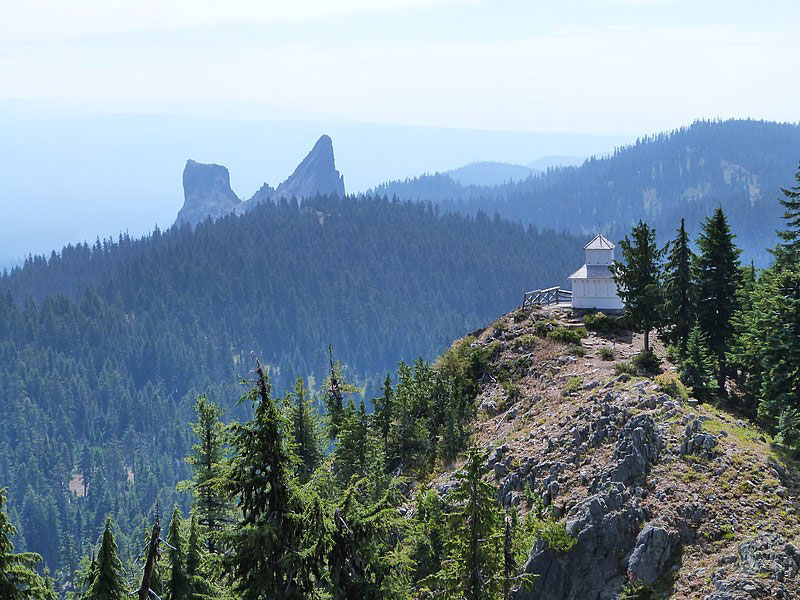
(photo: Ian Poellet)
An intimate and unique experience, the Fire Lookouts in Oregon offer an alternative way of viewing the night sky.
There are 20 Fire Lookouts in the state of Oregon, all of which were built for fire safety and the National Forest Service. During forest fire season, these lookouts are still in use by the Forest Service to keep an eye on things.
In the early days, lookouts used carrier pigeons to report fires, then the lookouts were used as Aircraft Warning System stations during WWII.
These days, you can rent a Fire Lookout overnight, outside of forest fire season of course.
Every lookout is different, but each guarantees unparalleled views over the forest treetops.
The lookouts are ideal locations to try and see the Northern Lights as you’re all alone, able to turn off all the lights, and above the tree line.
10. High Rock on Mt Hood
Mt Hood is our most northern destination for Northern Lights viewing in Oregon. It is also one of the highest, sitting 4,953 feet above sea level in Mt Hood National Forest.
It’s a there-and-back trail that takes you out to the rocky summit that used to be home to a fire lookout. Though there’s no longer a tower, High Rock offers panoramic views from its outcrop.
The trail that leads from where you park is only a mile long and gains only 100 yards in elevation, making it an easy hike.
Its natural setting makes it a great location for viewing the Northern Lights, with little to no light pollution in the area, but we would greatly recommend caution climbing to the summit in the dark.
Tips for seeing the Northern Lights:
-
Go prepared. The aurora isn’t a show whose doors open at 10 pm on the dot. You’re not sure when – or if – it’ll begin. If you’re camping, you should have everything you need to hand. But, if you’re driving to an overlook or having a short hike to one before heading back to bed, bring a comfy camping chair if you’re not able to cuddle up in the car with a view. If you’re going in winter, bring blankets! And scarves. Mittens … hats … cocoa … We suggest being over-prepared. It can be a long night.
-
Avoid light pollution. Go far from civilization. Very far. All the street lights, store signs, and car headlights of a city – even a small town – can affect visibility. Light pollution is reversible and inoffensive to the environment, but it does ruin our experience of Mother Nature. Happily, the Oregon locations we’ve suggested are all quite remote and are unlikely to risk such an impediment.
-
Another thing to consider is a flashlight or headlamp. All the trails are in complete wilderness and, even if the night is clear, quite dark. Unlike starting a fire, a flashlight or headlamp will help you safely get to where you want to go without ruining the view the whole time (turn it off!). Last thing you want is to miss out on a once-in-a-lifetime opportunity because you put an ankle out tripping over a rock.

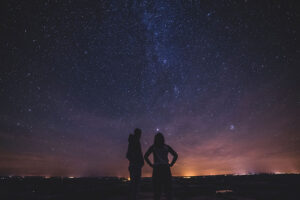
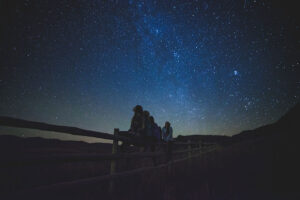
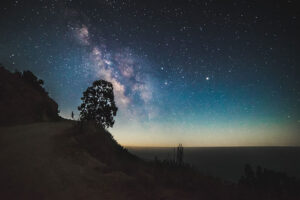
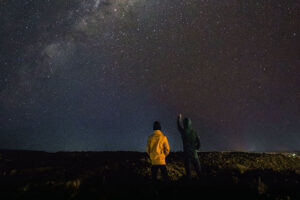
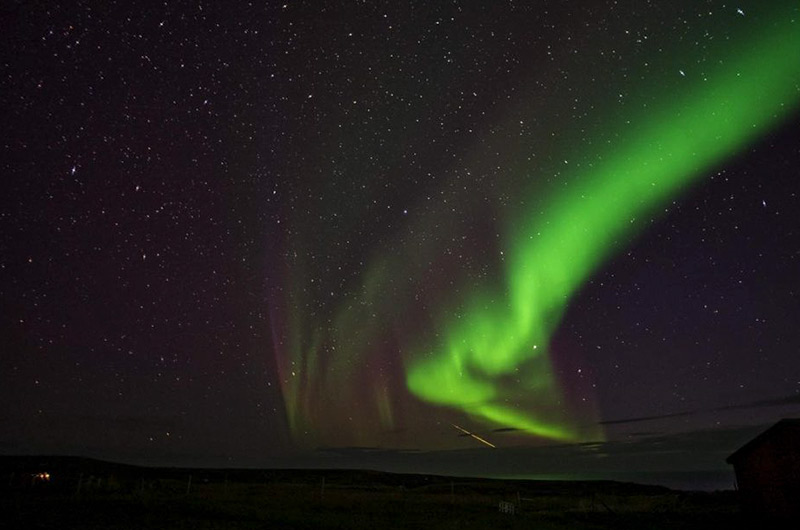
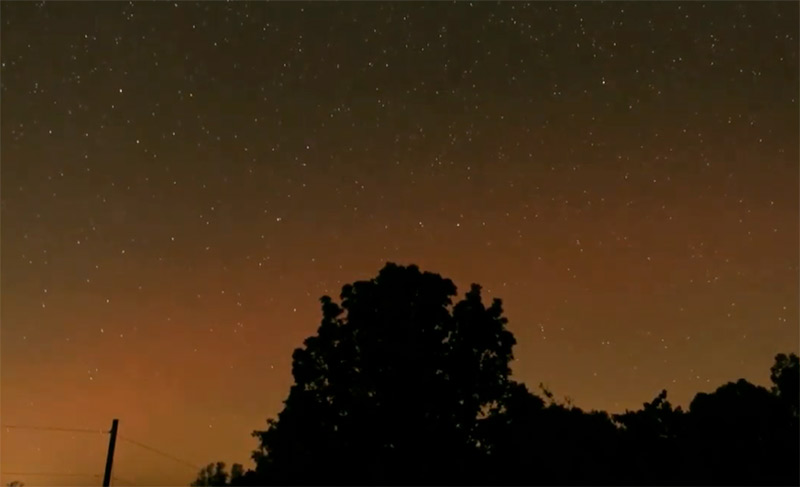
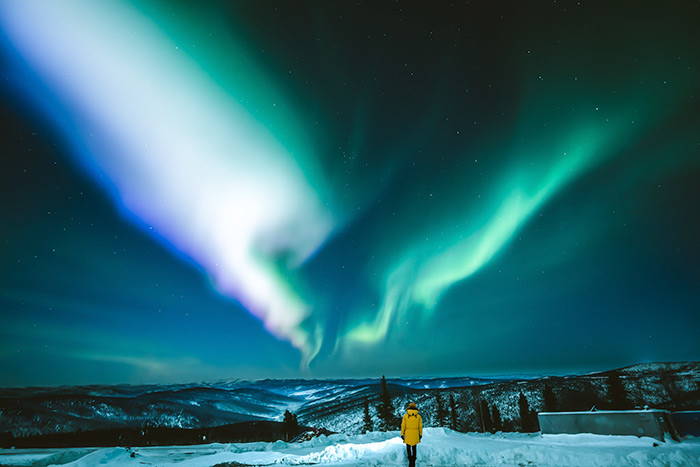
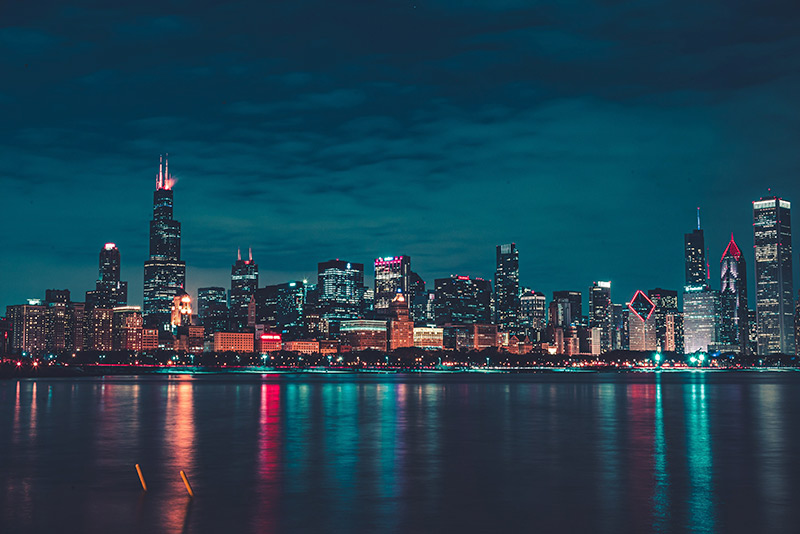
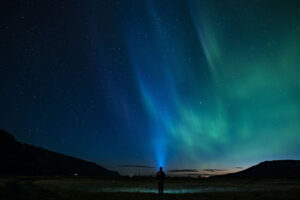
Leave a Reply